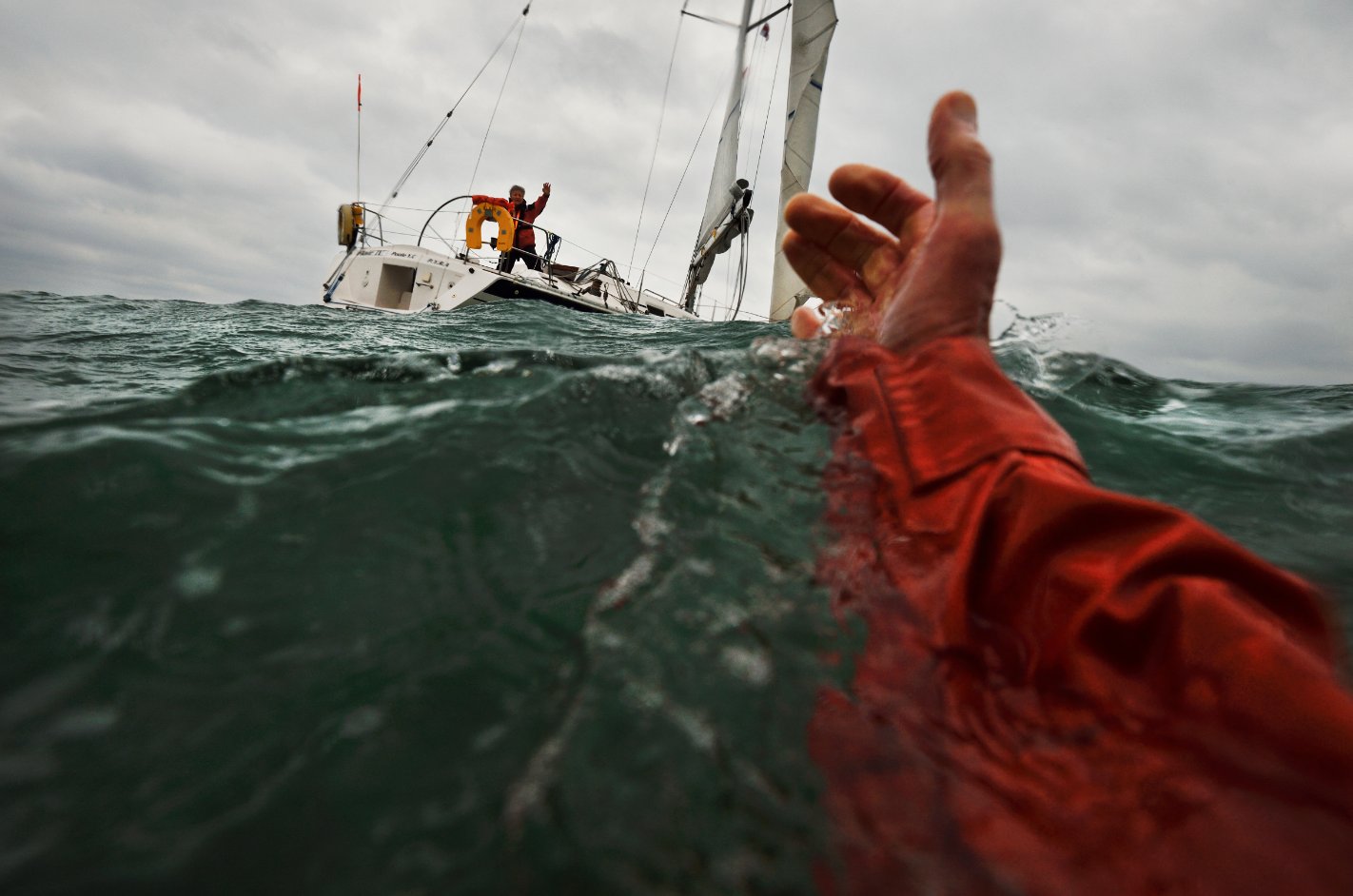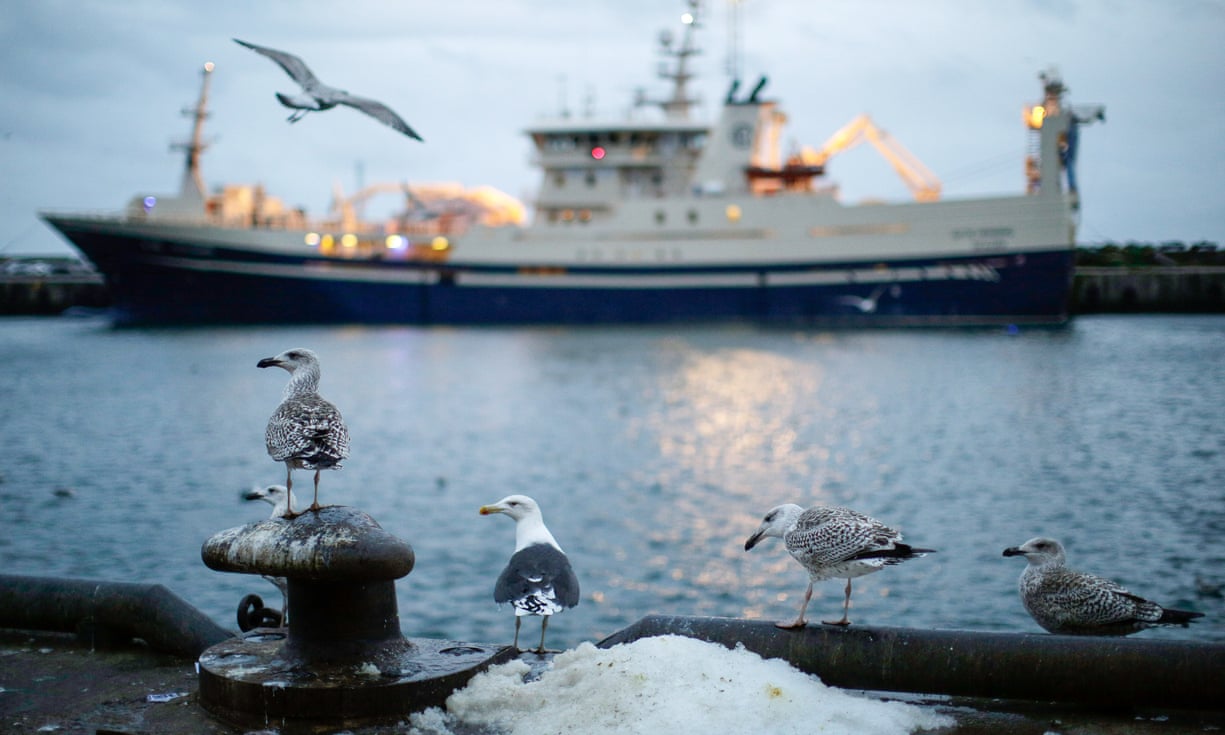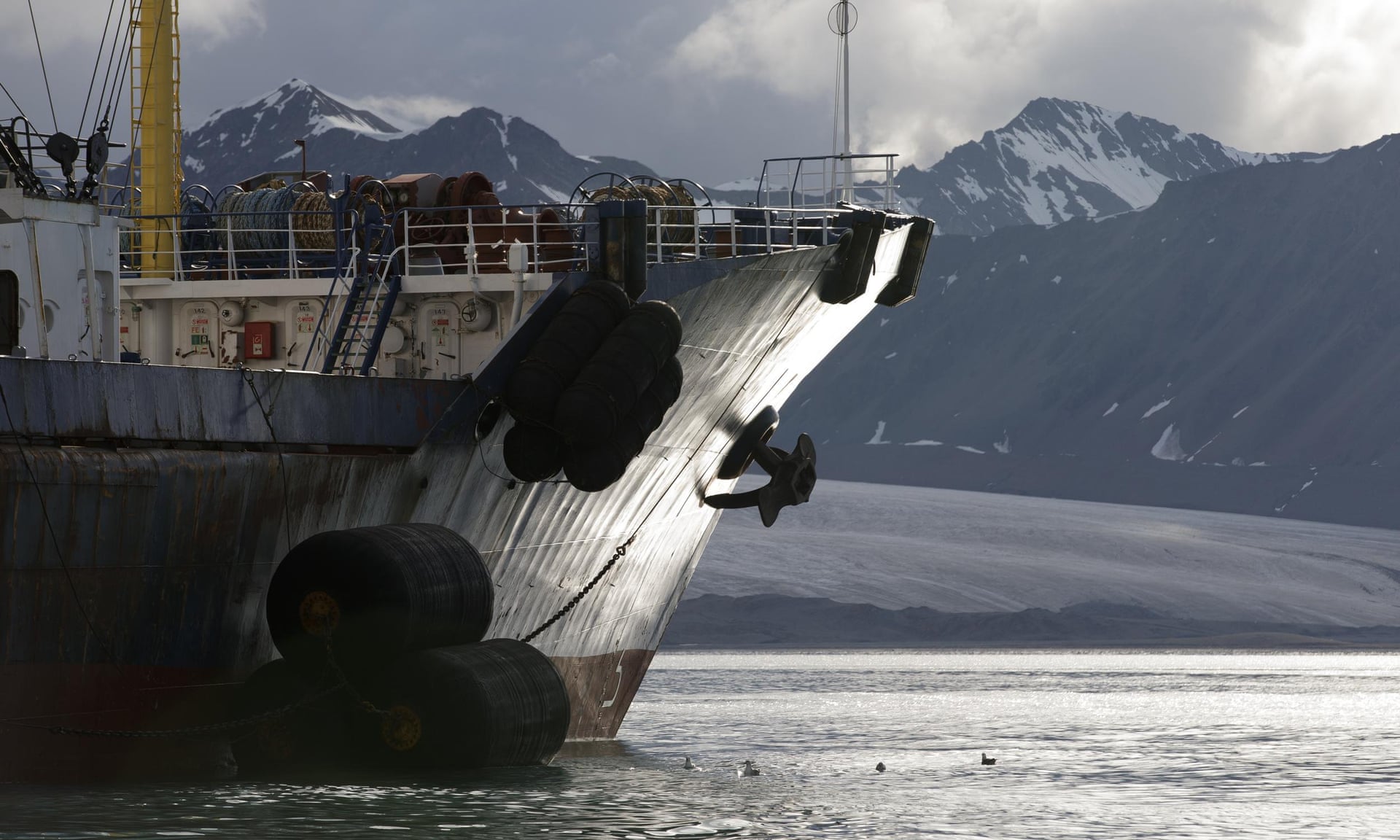The agreement is the first time the seafood sector has voluntarily imposed limitations to industrial fishing in the Arctic.
Photograph: Matthew Lloyd/Bloomberg/Getty Images
Leading seafood suppliers, including McDonald’s, Tesco and Birds Eye,
say suppliers won’t expand cod fisheries into pristine Arctic region
Fishermen and seafood suppliers struck a major deal on Wednesday that will protect a key
Arctic region from industrial fishing for cod.
Companies including McDonald’s, Tesco, Birds Eye, Europe’s largest
frozen fish processor, Espersen, Russian group Karat, and Fiskebåt,
which represents the entire Norwegian oceangoing fishing fleet, have
said their suppliers will refrain from expanding their cod fisheries
further into pristine Arctic waters.
“From the 2016 season the catching sector will not expand their cod
fishing activities with trawl gear into those areas where regular
fishing has not taken place before,”
the deal reads.
The agreement follows an
investigation by Greenpeace in March
which revealed that suppliers of cod to major British seafood brands
were taking advantage of melting Arctic ice to push further north with
fleets of destructive giant bottom trawlers.
Using satellite tracking data, it found that an increasing number of
Russian and Norwegian trawlers had fished in the northern Barents Sea
around Svalbard in the past three years, an area deemed by scientists to
be ecologically significant.
This vessel was photographed operating in Bellsund within the borders of the national park on the west coast of Spitsbergen.
Photograph: Nick Cobbing/Greenpeace
The region, which includes the Svalbard archipelago - the “Arctic
Galapagos”, is home to vulnerable species including the polar bear,
bowhead whale and Greenland shark.
Experts consider bottom trawlers - often dubbed giant “bulldozers” - to be a
highly destructive fishing method, which is already responsible for damaging up to half of Norway’s coldwater corals reefs.
Marine conservation biologist Prof Callum Roberts said: “Over the
last 200 years it has converted once rich and complex seabed habitats to
endless expanses of shifting sands and mud. Areas of the Arctic
protected by sea ice represent one of the last pristine refuges from
trawling and need urgent protection to prevent them from suffering the
same fate.”
The area of the Barents Sea covered by the agreement is adjacent to
major fishing grounds where at least 70% of all the Atlantic cod that
ends up on dinner plates around the world comes from.
The agreement,
which spans the whole supply chain and covers an area twice the size of
France, is the first time the seafood sector has voluntarily imposed
limitations to industrial fishing in the Arctic. Any fishing companies
operating in these pristine Arctic waters will not be able to sell their
cod to the brands supporting this agreement.
Map of the area of northern Barents Sea including the waters around
Svalbard where some of the world’s largest seafood and fishing companies
have committed not to expand their search for cod into.
Photograph:
Greenpeace
Greenpeace UK campaigner, Daniela Montalto, said: “This is a major
step in the right direction. This unprecedented alliance have today
taken a stand for the fragile Arctic environment, and set an important
precedent for other industries eyeing up this region. The challenge for
these companies is now to deliver on their commitment to Arctic
protection and show real results out on the water. The melting ice
should be a stark warning of the dangers of climate change, not an
opportunity to plunder this fragile ecosystem.”
Giles Bolton, responsible sourcing director for Tesco, said: “Our
customers tell us it’s important they can be sure the fish on our
shelves is caught in a way that doesn’t harm the ocean environment, and
this landmark agreement means vulnerable marine life in the Barents and
Norwegian seas will be protected. We will keep working with our
suppliers, relevant authorities and NGOs to help safeguard this unique
marine habitat for future generations.”
The deal comes after
a record low for Arctic sea ice this winter.
A huge expanse of the
Arctic
sea never froze over and remained open water as a season of freakishly
high temperatures produced deep – and likely irreversible – changes on
the far north.
Currently there is no law in place to protect Arctic areas that were
once covered by ice.
Greenpeace welcomed the “temporary stop-gap” the
agreement brought but warned that large areas of water left open for
longer periods made an urgent case for legal protection by the Norwegian
government.
“The Norwegian government must now acknowledge the growing resistance
to reckless exploitation of the fragile Arctic environment, not only
from the millions of people around the world who want the Arctic
protected but also from the corporate world. Now is the time to take
concrete steps towards legal protection of Svalbard and the northern
Barents Sea so that Norway can meet its international obligation for
marine protection,” Montalto said.
Links :








